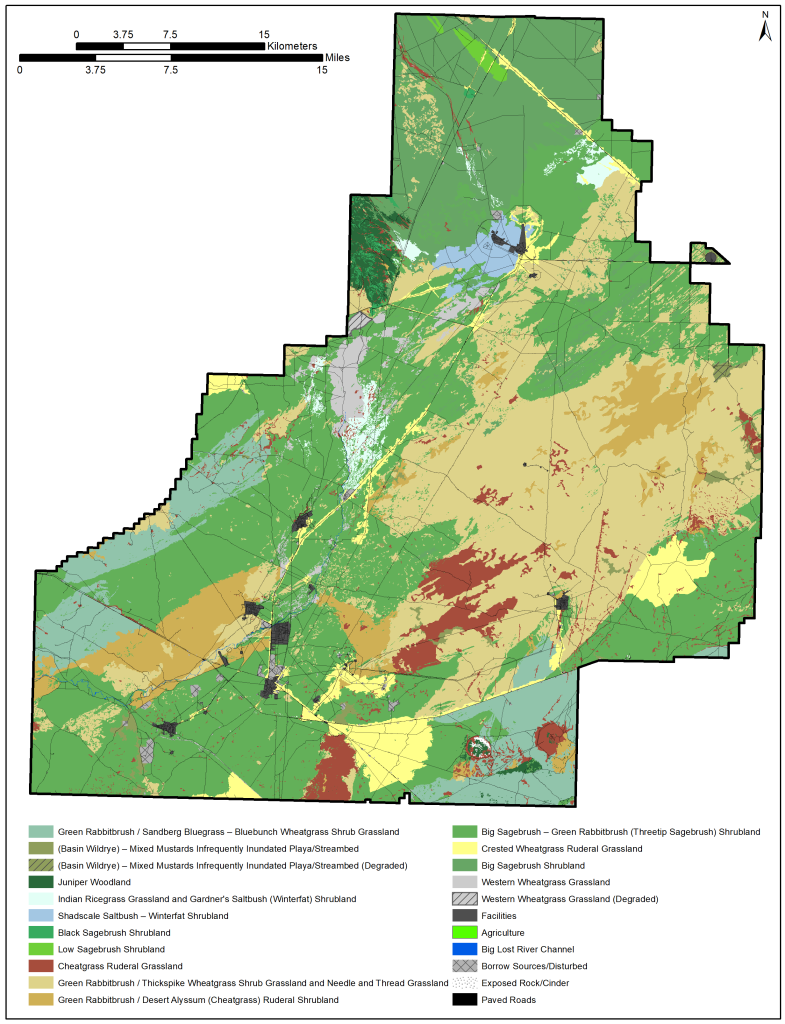Natural Resource Monitoring and Research
Natural resource monitoring and research has been conducted for more than 70 years on the INL Site, with some studies dating back to the 1950s. The focus of this work is to better understand the INL Site’s ecosystem and biota, and to determine the impact on populations of these species from activities conducted at the INL Site.
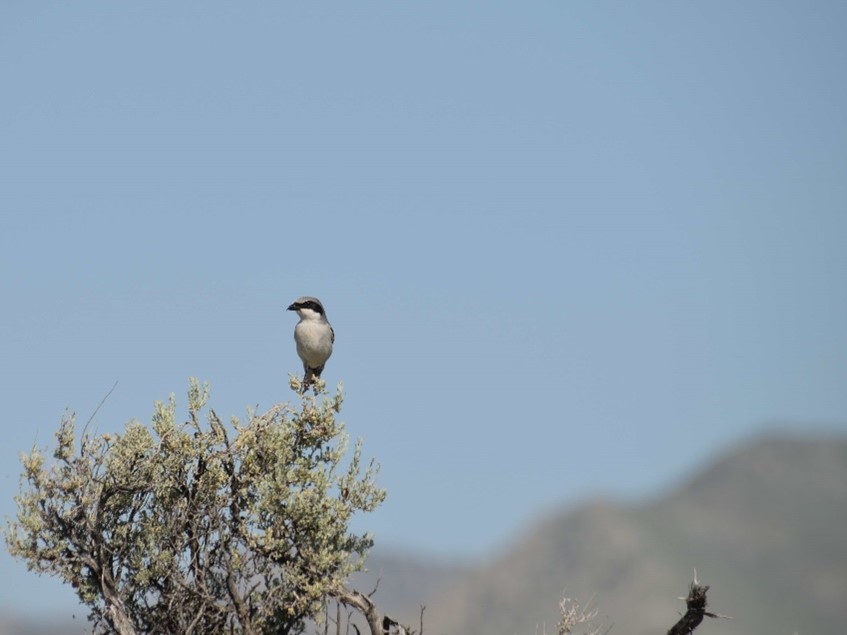
Breeding Bird Survey
The North American Breeding Bird Survey was developed by the U.S. Fish & Wildlife Service and the Canadian Wildlife Service to document trends in bird populations. Five official Breeding Bird Survey routes are on the INL Site and have been surveyed nearly each year since 1985. In 1985, the DOE-ID also established eight additional routes around INL Site facilities to monitor birds near human activity centers.
Surveys are conducted from late May until early July and are scheduled to be conducted as close to the same day each year. Breeding Bird Survey data can benefit INL Site managers directly by providing information on local breeding bird populations, which may be useful as they consider new activities and comply with the National Environmental Policy Act assessment process.
Ravens
In the sage-grouse candidate conservation agreement, DOE-ID committed to support research aimed at developing methods to deter raven nesting on utility structures. Later, this scope broadened into a commitment from DOE-ID to work with INL contractors and others to opportunistically reduce raven nesting on any anthropogenic structure, including power lines, towers and structures at facilities. DOE-ID continues to recognize the value of research that would improve its ability to deter raven nesting on power lines, but it also recognizes that some raven nesting on towers and at facilities could be deterred by simple methods employed at appropriate times.
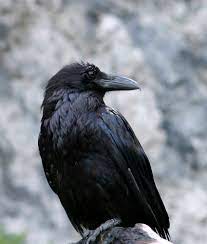
to the Idaho National Laboratory Site
may negatively impact sage-grouse nest success.
Midwinter Raptor Survey
Midwinter eagle surveys were initiated in 1979 by the U.S. Geological Survey to develop a population index of wintering bald eagles in the lower 48 states, determine bald eagle distribution, and identify previously unrecognized areas of important wintering habitat. In 1983, two midwinter eagle survey routes were established on the INL Site, one that encompasses the northern portion and one that encompasses the south. In addition to eagles, the INL Site surveys were expanded to include all raptors, corvids and shrikes. These expanded surveys help the laboratory observe overall annual trends of these bird species on or around the Site.
In early January each year, teams of INL biologists survey along each of two established routes to detect any target species perched, hovering or soaring. The number of individuals per species is counted for each of the target species detected.

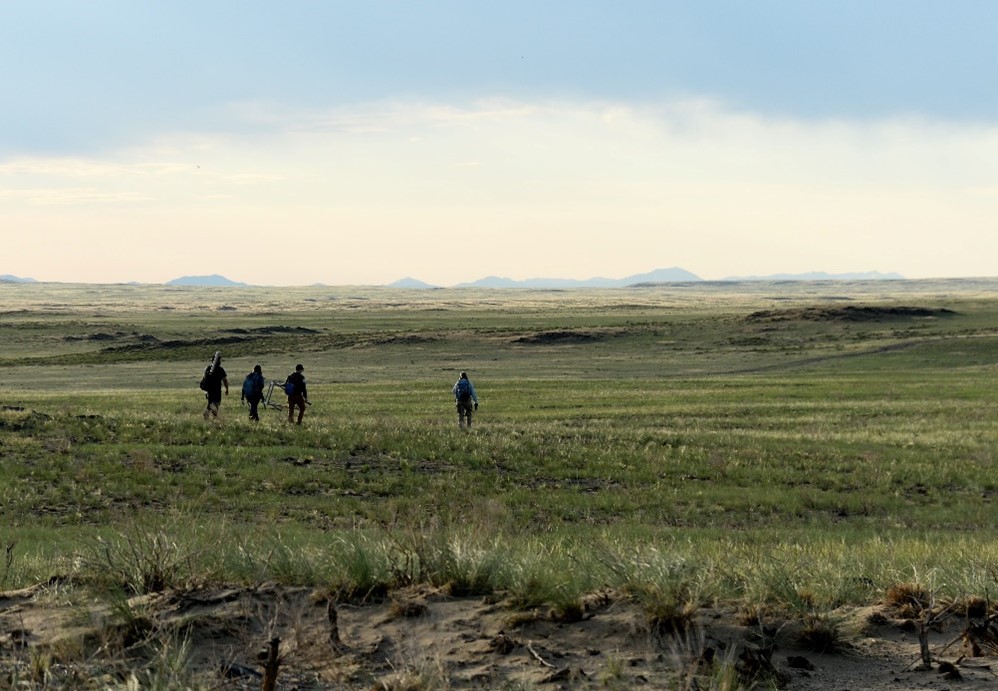
Long-Term Vegetation Transects
The Long-Term Vegetation Transects and associated permanent vegetation plots were established on what is now the INL Site in 1950 for the purpose of assessing the impacts of nuclear energy research and production on surrounding ecosystems.
The data generated from the Long-Term Vegetation Transects comprises one of the oldest, largest and most comprehensive vegetation data sets for sagebrush steppe ecosystems in North America. Since their establishment, the Long-Term Vegetation Transects have been used extensively for various tasks to support the INL Site mission and have been the basis for major milestones in understanding practical and theoretical ecology of sagebrush steppe vegetation dynamics.
Vegetation Map
The vegetation map has been used extensively to support the inventory and monitoring of ecological resources, prioritizing potential habitat for other sensitive species, identifying restoration and/or weed control opportunities, and characterizing affected environments for National Environmental Policy Act analyses.
A comprehensive update to the current vegetation map was initiated in 2017 and involved three steps:
- A plant community classification to define vegetation classes
- Manual map delineations of those classes
- An accuracy assessment of the completed map.
A total of 16 unique vegetation classes resulted from the plant community classification, where 12 represented natural vegetation classes and four were ruderal classes.
National Environmental Research Park
The INL Site was designated as a National Environmental Research Park (NERP) in 1975 through the Energy Reorganization Act and Non-nuclear Energy Research and Development Act. The Idaho NERP and NERPs at other DOE Sites are outdoor laboratories that provide opportunities for environmental studies on protected lands that act as buffers around DOE facilities. The objective of the NERP system is to facilitate research and education, particularly to demonstrate the compatibility of energy technology development and a quality environment.
INL’s NERP designation has allowed the INL Site to host environmental scientists to study Idaho’s native plants and wildlife in an intact and relatively undisturbed ecosystem. The Idaho NERP provides exceptional opportunities for research because of its established facilities, a security buffer that protects research areas, extensive historical data, and partnerships with universities.
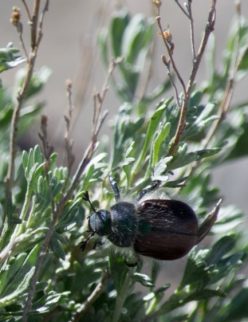
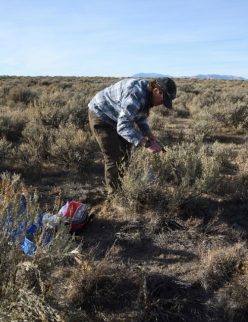
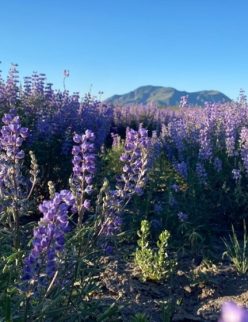
Past Research (The Protective Cap/Biobarrier Experiment)
The Protective Cap/Biobarrier Experiment was established in 1993 at the Experimental Field Station, to test the efficacy of four protective landfill cap designs. The goal of the experiment is to design a low-maintenance, cost-effective cap that uses local and readily available materials and natural ecosystem processes to isolate interred wastes from water received as precipitation. Because this study included experimental treatments intended to test cap performance under future climate scenarios, it provides some of the first and only empirical data on how climate change may affect the ecosystems of the INL Site.

